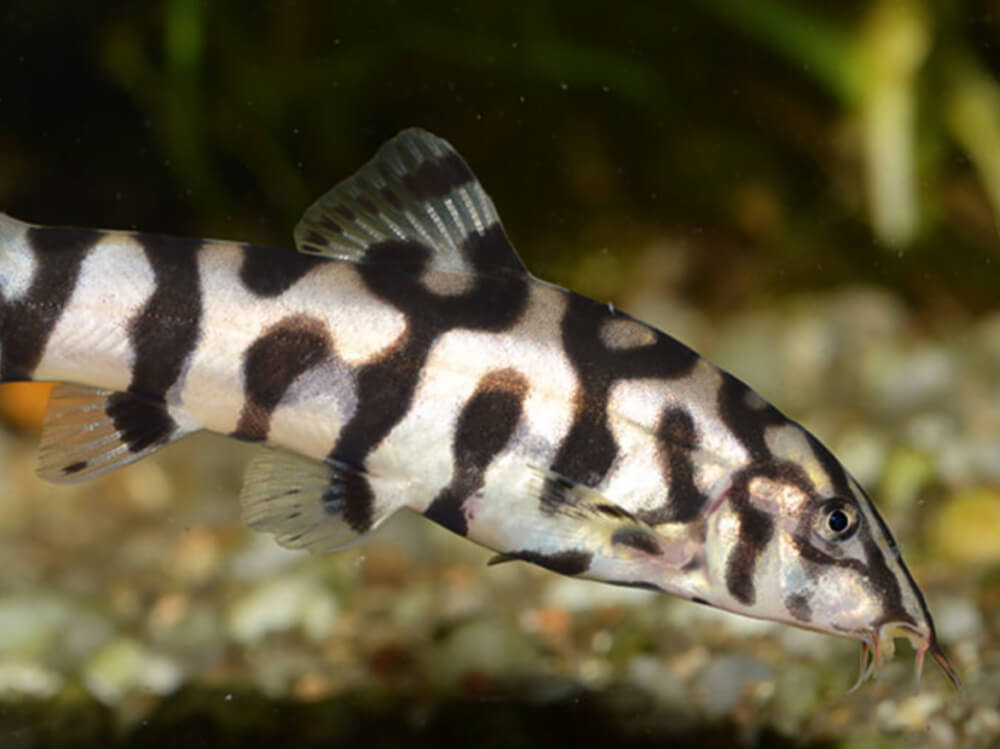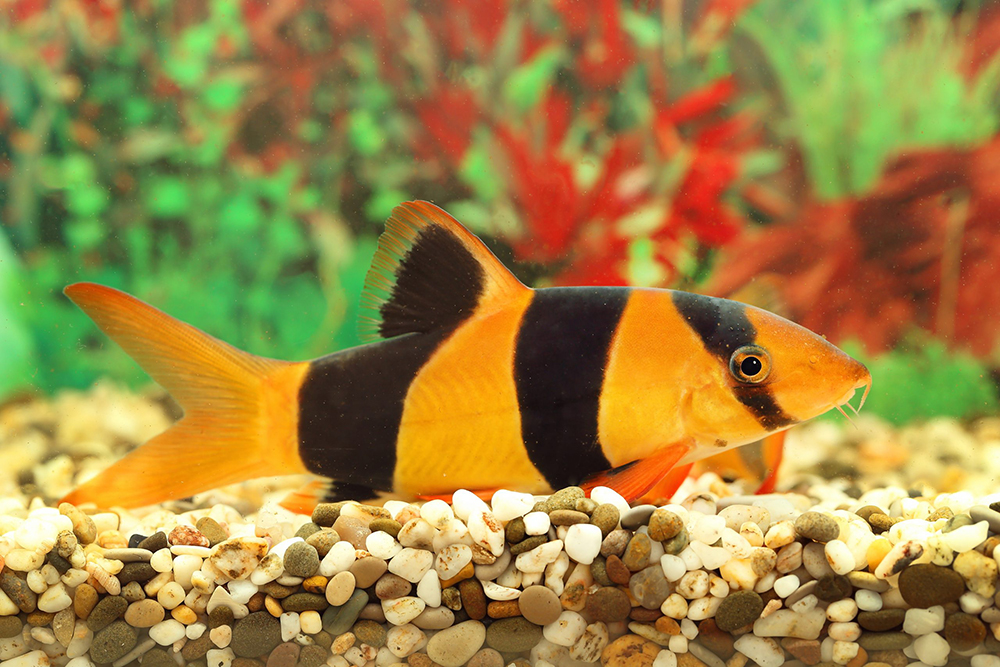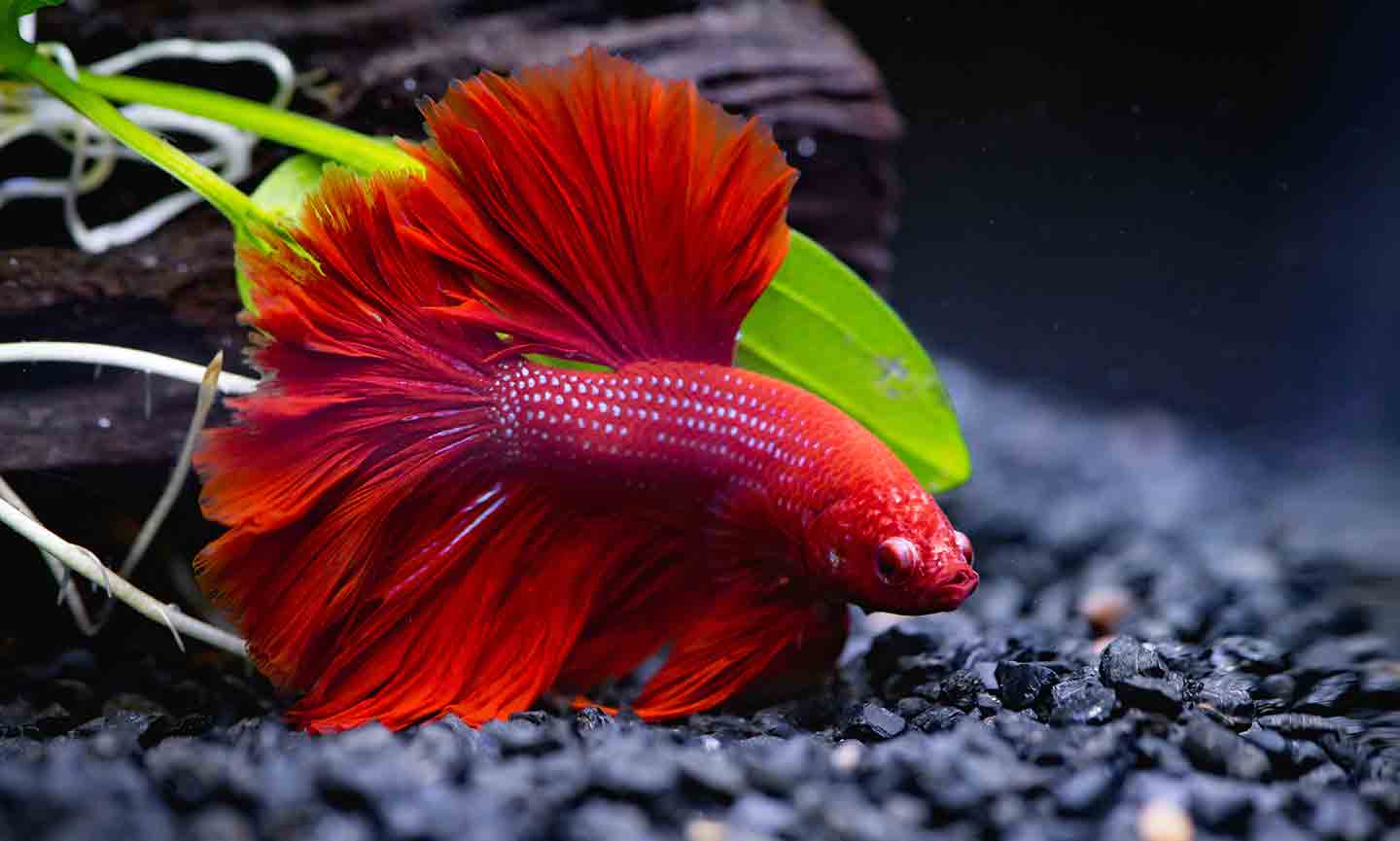Introduction
Seeing your fish laying at the bottom of the tank can be concerning for any aquarium enthusiast. Fish are generally active and should swim actively throughout the tank, so a fish lying on the substrate or hiding in corners can indicate an underlying issue. This behavior is often a sign of distress or illness, and understanding the potential causes is crucial for identifying and addressing the problem promptly.
Water Quality Issues
One of the most common reasons for fish to lie at the bottom of the tank is poor water quality. Fish are highly sensitive to changes in water parameters such as ammonia, nitrite, nitrate, pH levels, and temperature. Elevated levels of ammonia and nitrite, which are toxic to fish, can occur due to overfeeding, overstocking, inadequate filtration, or insufficient water changes. High nitrate levels can also stress fish over time. Poor water quality compromises their immune system, making them more susceptible to diseases and causing them to exhibit abnormal behaviors like lethargy and lying on the tank bottom.

Oxygen Deprivation
Insufficient oxygen levels in the water can also cause fish to stay at the bottom of the tank, especially near the surface where oxygen concentration is higher. Factors contributing to low oxygen levels include overstocking the tank, inadequate aeration or surface agitation, clogged filters, or high water temperatures. When fish do not receive enough oxygen, they may become lethargic, gasp for air at the water surface, or rest on the substrate to conserve energy. Improving oxygenation through proper aeration and ensuring a clean and well-maintained filter can help alleviate this issue.
Temperature Stress
Temperature fluctuations outside the optimal range for your fish species can lead to stress and affect their behavior. Most aquarium fish are sensitive to sudden changes in temperature, which can occur due to inadequate heating or cooling systems, drafts near the tank, or malfunctioning equipment. Fish that are too cold may become sluggish and seek warmer areas, while those in water that is too warm may exhibit signs of distress, including lethargy and hiding near the bottom of the tank. Maintaining a stable temperature within the recommended range for your fish species is essential to prevent temperature-related stress.

Dietary Issues
Diet plays a significant role in the health and behavior of aquarium fish. Poor nutrition or improper feeding practices can lead to various health problems, including lethargy and abnormal swimming behaviors. Overfeeding can cause digestive issues and an accumulation of waste in the tank, contributing to poor water quality. Conversely, underfeeding can lead to malnutrition and weakened immune systems. It’s essential to provide a balanced diet suitable for your fish species and avoid overfeeding by following recommended feeding guidelines. Observing your fish’s feeding habits and adjusting their diet accordingly can help maintain their health and activity levels.
Social Behavior and Aggression
In community tanks, interactions between fish can impact their behavior and well-being. Aggressive or territorial fish may bully others, causing them to hide or stay at the bottom of the tank to avoid confrontation. This behavior is more common in species known for territorial disputes or incompatible tank mates. Fish that are stressed due to social interactions may exhibit reduced activity levels, loss of appetite, and changes in coloration. Ensuring compatibility among tank mates and providing adequate hiding places and territories can help reduce stress and aggression in the aquarium environment.

Disease and Parasites
Illnesses and parasitic infections can significantly affect fish behavior and vitality. Common diseases such as ichthyophthiriasis (ich), fin rot, and fungal infections can cause fish to become lethargic, hover near the bottom of the tank, or display abnormal swimming patterns. Parasites like anchor worms or gill flukes can also weaken fish and lead to respiratory distress. Quarantining new fish before introducing them to the main tank, maintaining good hygiene practices, and monitoring fish for signs of illness are crucial for early detection and treatment. Prompt isolation and treatment of affected fish can prevent the spread of disease and improve overall tank health.
Environmental Stressors
Various environmental factors can stress aquarium fish and cause them to exhibit unusual behaviors. Loud noises, sudden movements near the tank, bright lights, or excessive handling can startle and stress fish. Poor tank conditions such as overcrowding, inadequate hiding places, or inappropriate decorations can also contribute to stress. Fish respond to stress by reducing activity levels and seeking refuge at the bottom of the tank or in secluded areas. Minimizing disturbances and providing a well-suited habitat with appropriate tank mates and environmental enrichment can help alleviate stress and promote natural behaviors in fish.

Old Age and Natural Behavior
As fish age, they may naturally become less active and spend more time resting at the bottom or in quieter areas of the tank. This behavior is typically gradual and accompanied by other signs of aging such as reduced appetite or color fading. While aging itself is not a disease, older fish may be more susceptible to stressors and illnesses due to weakened immune systems. Providing a peaceful environment with suitable water conditions and a balanced diet can support elderly fish and enhance their quality of life in captivity.
Preventive Measures and Care Tips
- Regular Water Testing and Maintenance: Regularly test your aquarium water parameters such as ammonia, nitrite, nitrate, pH, and temperature using reliable test kits. Maintain optimal water conditions by performing routine water changes (10-25% weekly or as needed) and ensuring your filtration system is functioning correctly.
- Proper Feeding Practices: Feed your fish a balanced diet appropriate for their species. Avoid overfeeding, which can lead to digestive issues and water quality problems. Provide varied foods to ensure nutritional diversity and supplement with occasional treats like live or frozen foods.
- Optimal Tank Conditions: Ensure your aquarium setup meets the specific requirements of your fish species regarding water temperature, pH, and tank size. Research the preferred habitat and behavior of your fish to create a suitable environment with appropriate decorations, substrate, and hiding places.
- Monitoring Fish Behavior: Regularly observe your fish for any signs of distress, illness, or abnormal behavior. Changes in swimming patterns, appetite, coloration, or respiratory difficulties may indicate underlying health issues requiring attention.
- Quarantine and Disease Management: Quarantine new fish before introducing them to your main tank to prevent the spread of diseases. If you notice symptoms of illness, promptly isolate affected fish for observation and treatment. Research common fish diseases and their treatments to respond effectively.

Conclusion
Understanding why your fish is laying at the bottom of the tank involves considering various factors related to water quality, environmental conditions, health, and natural behavior. Regular monitoring of your aquarium’s parameters, observing fish behavior, and taking preventive measures can help maintain a healthy and thriving aquatic environment. Addressing issues promptly, such as improving water quality, adjusting feeding practices, and ensuring proper tank conditions, will support the well-being of your fish and minimize stress-related behaviors. By prioritizing the health and comfort of your aquarium inhabitants, you can enjoy a vibrant and rewarding fishkeeping experience for years to come.










